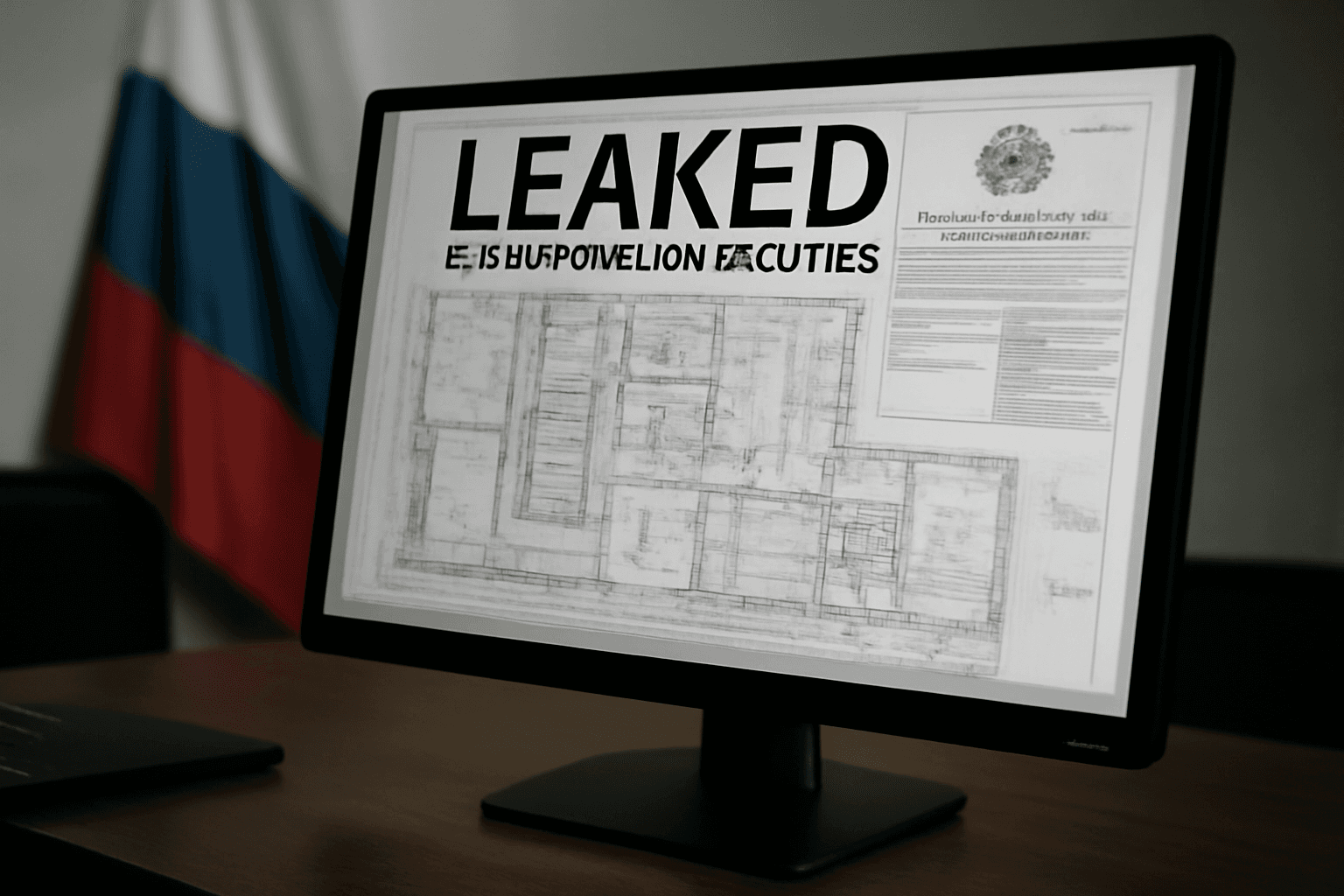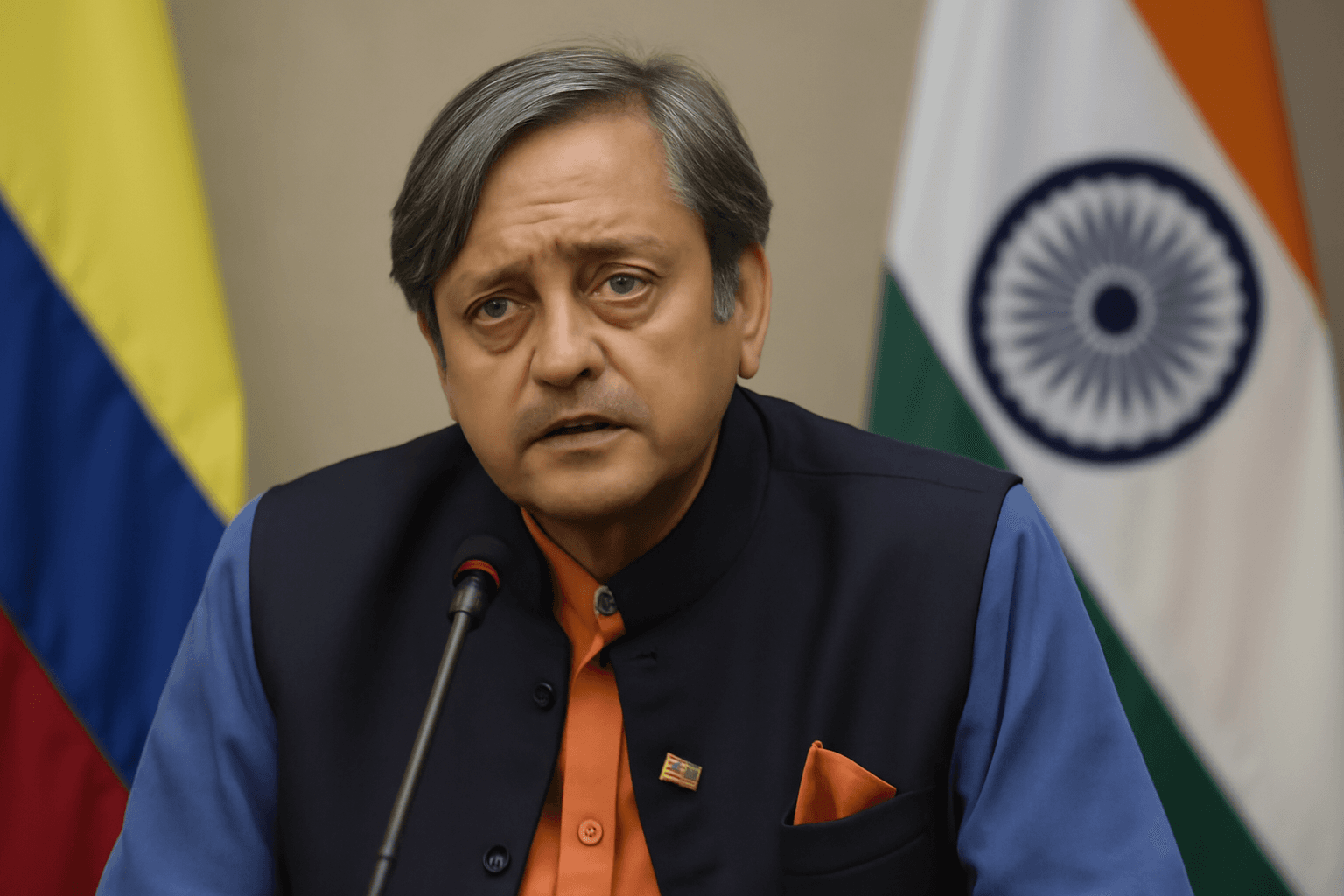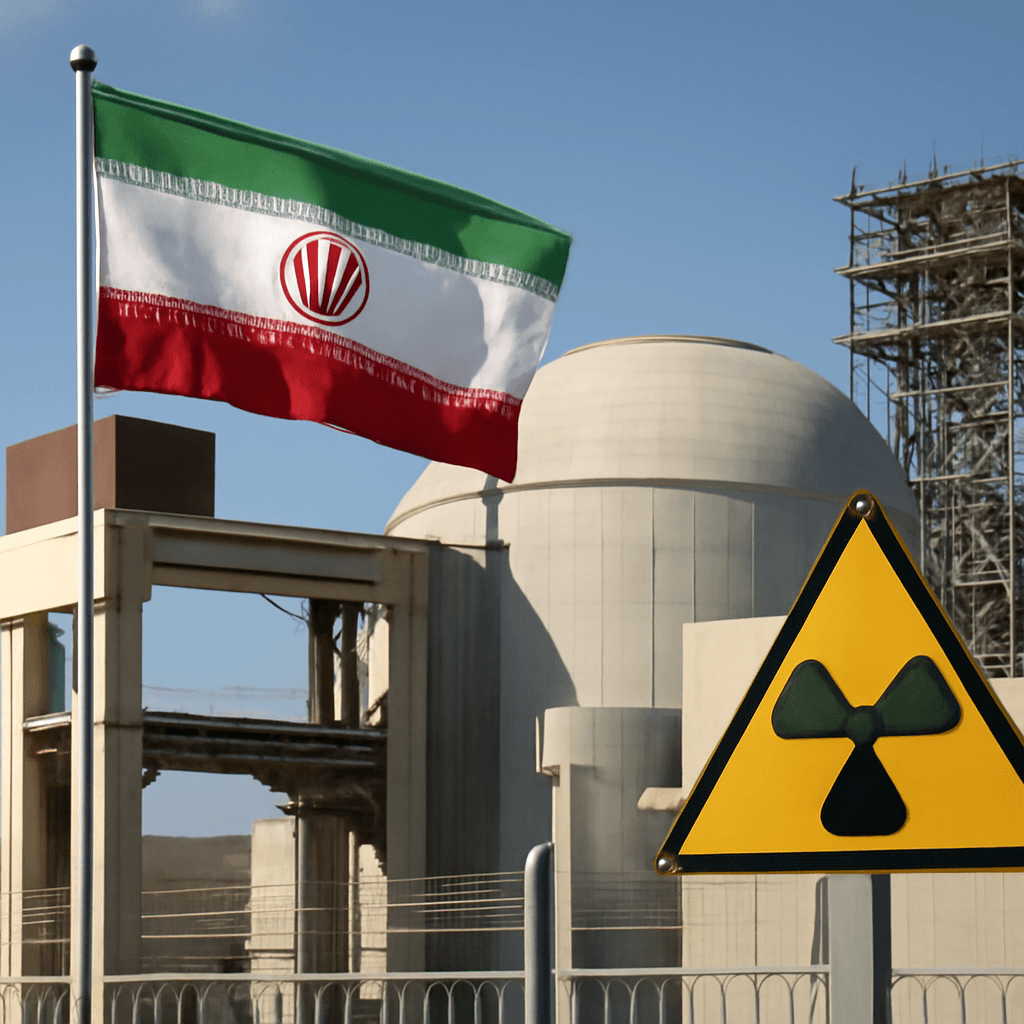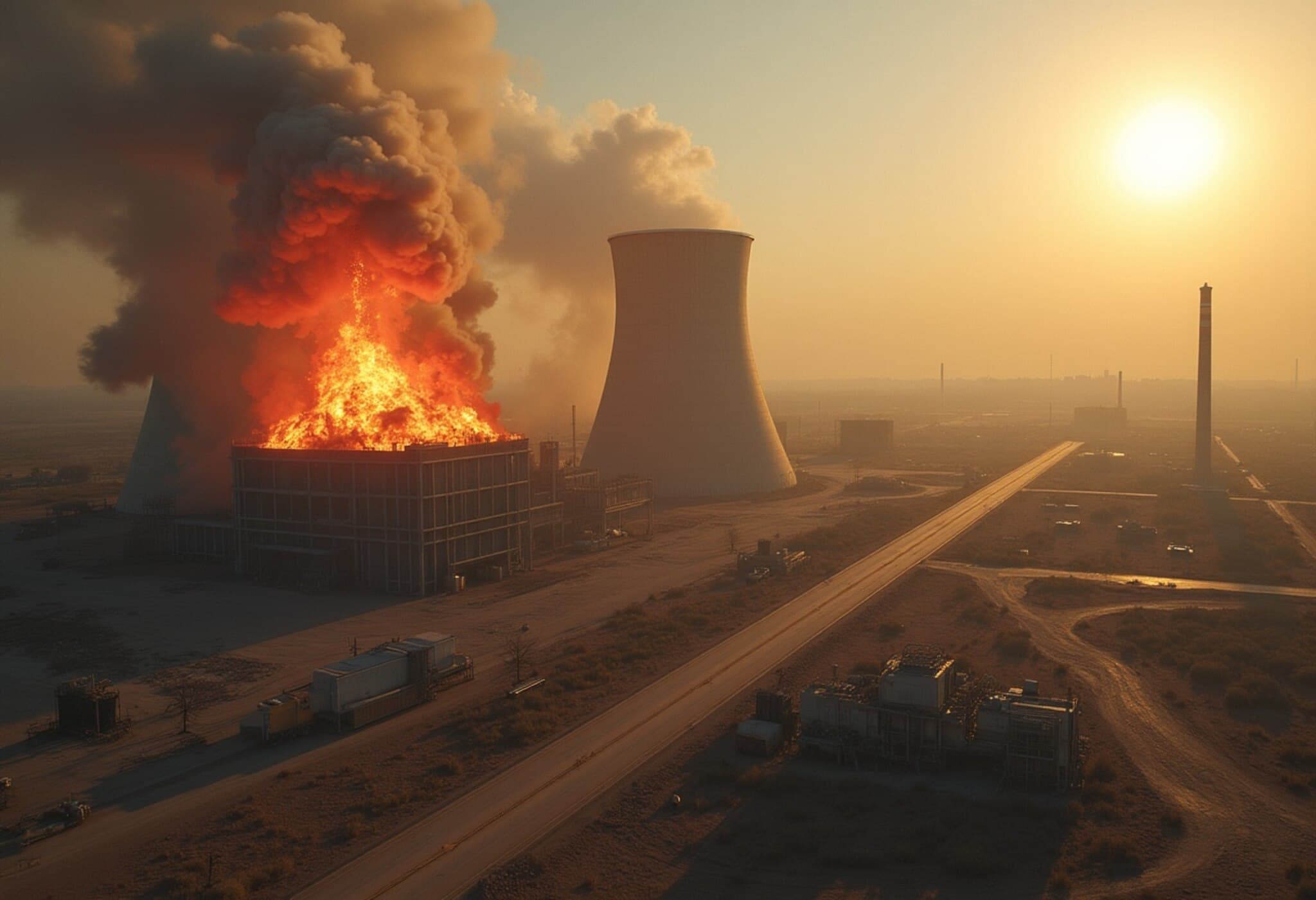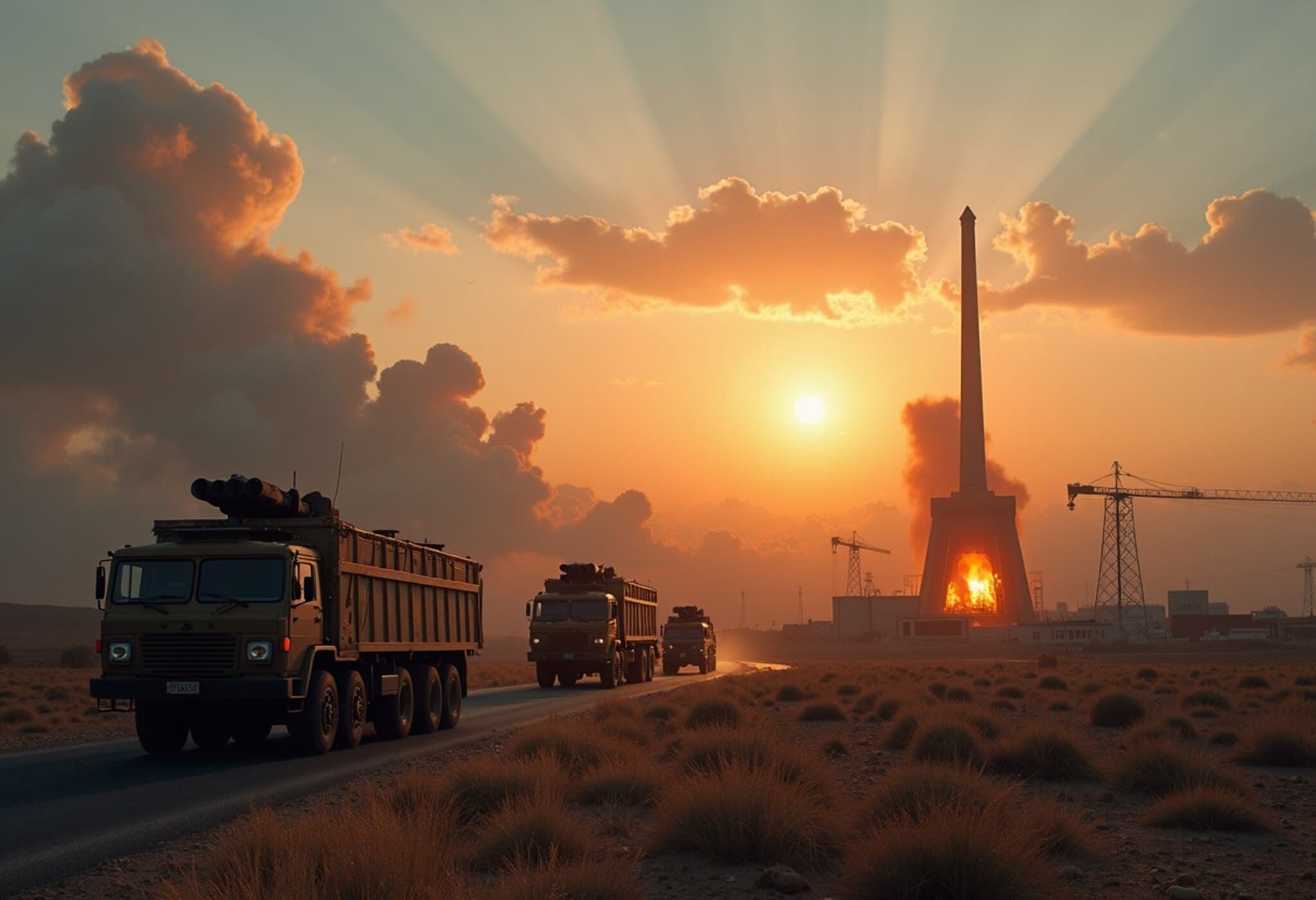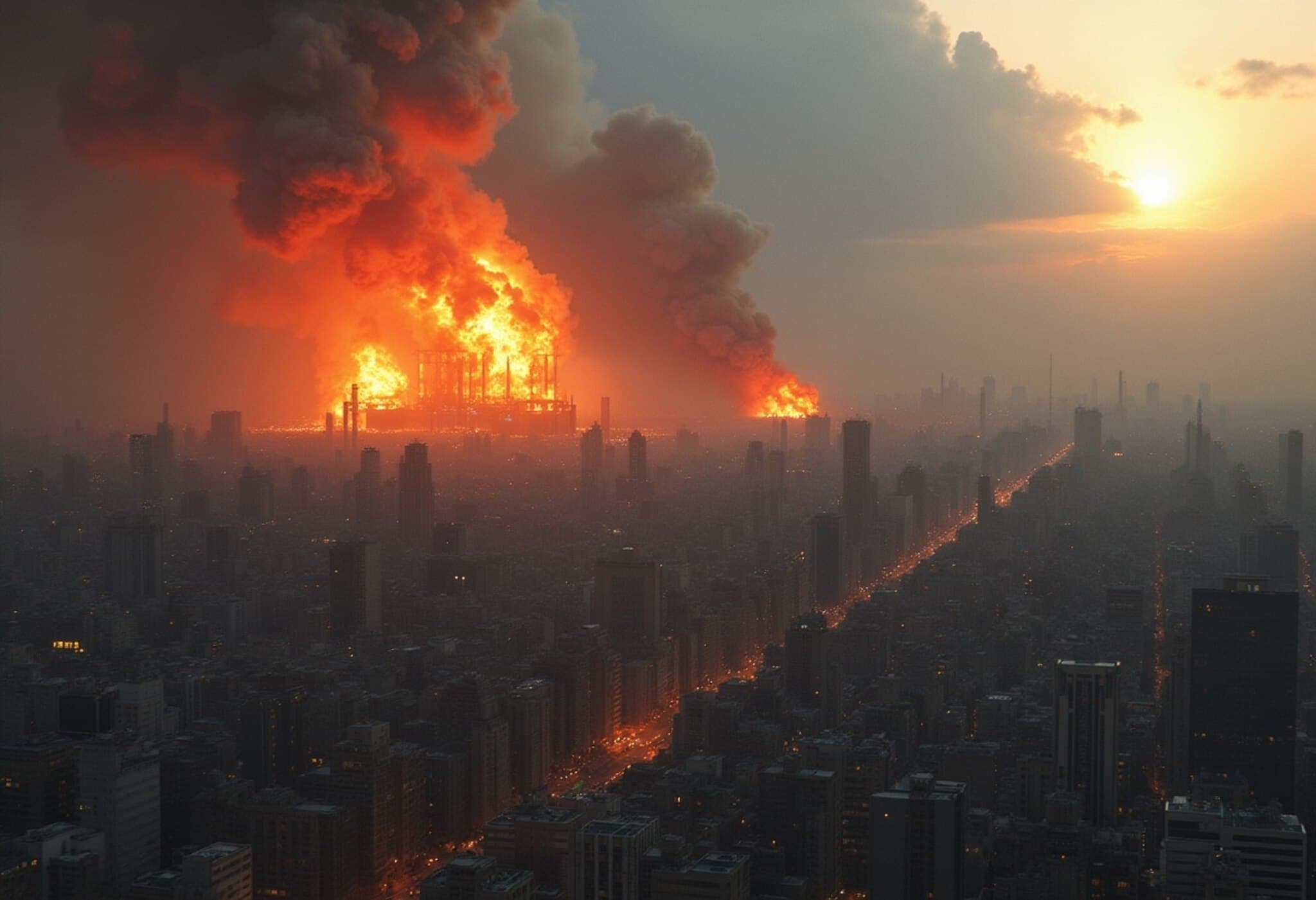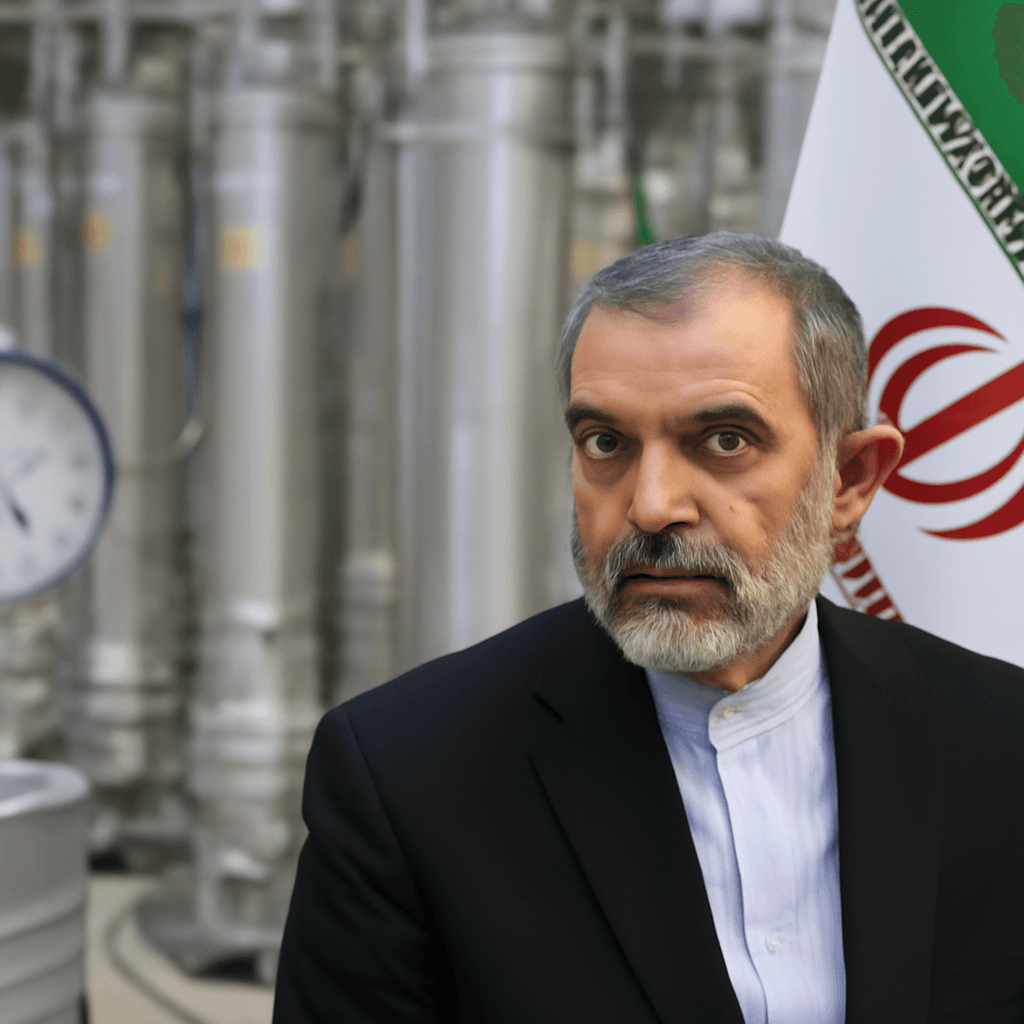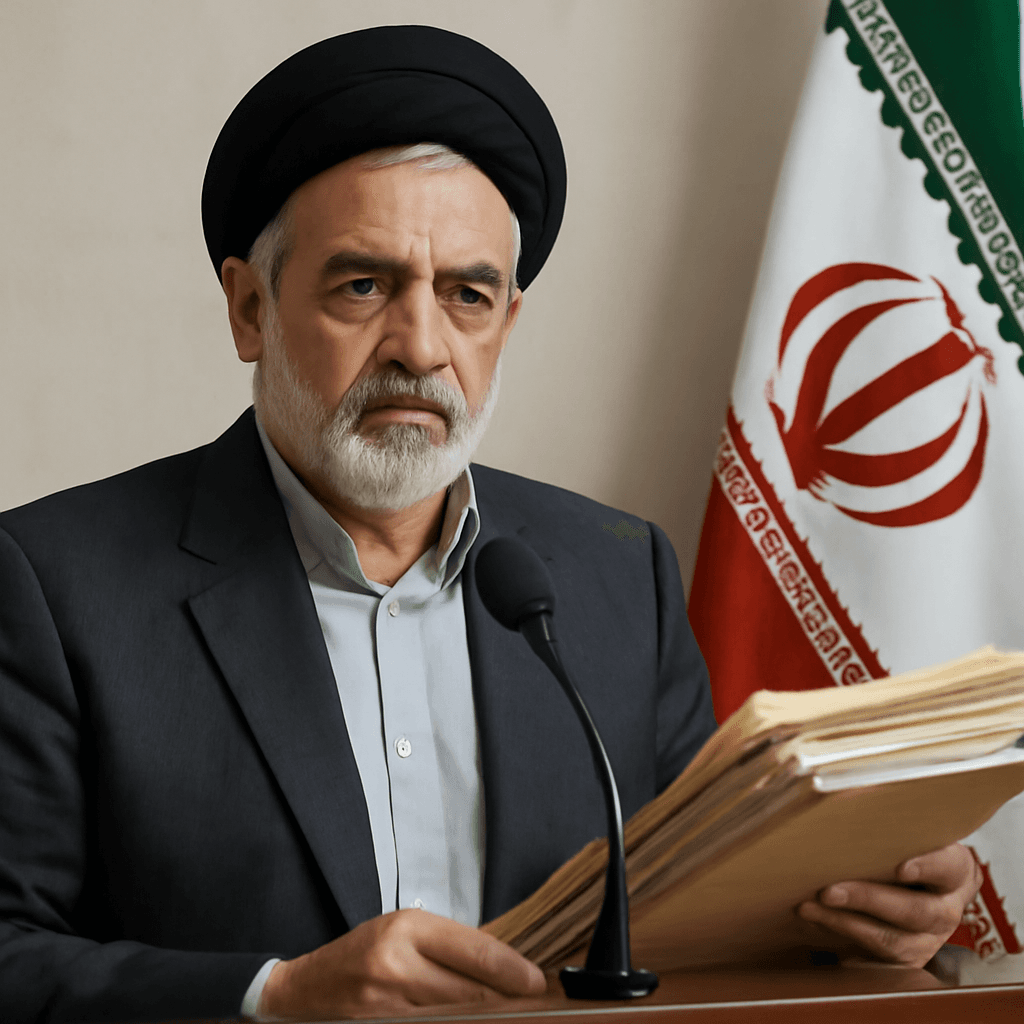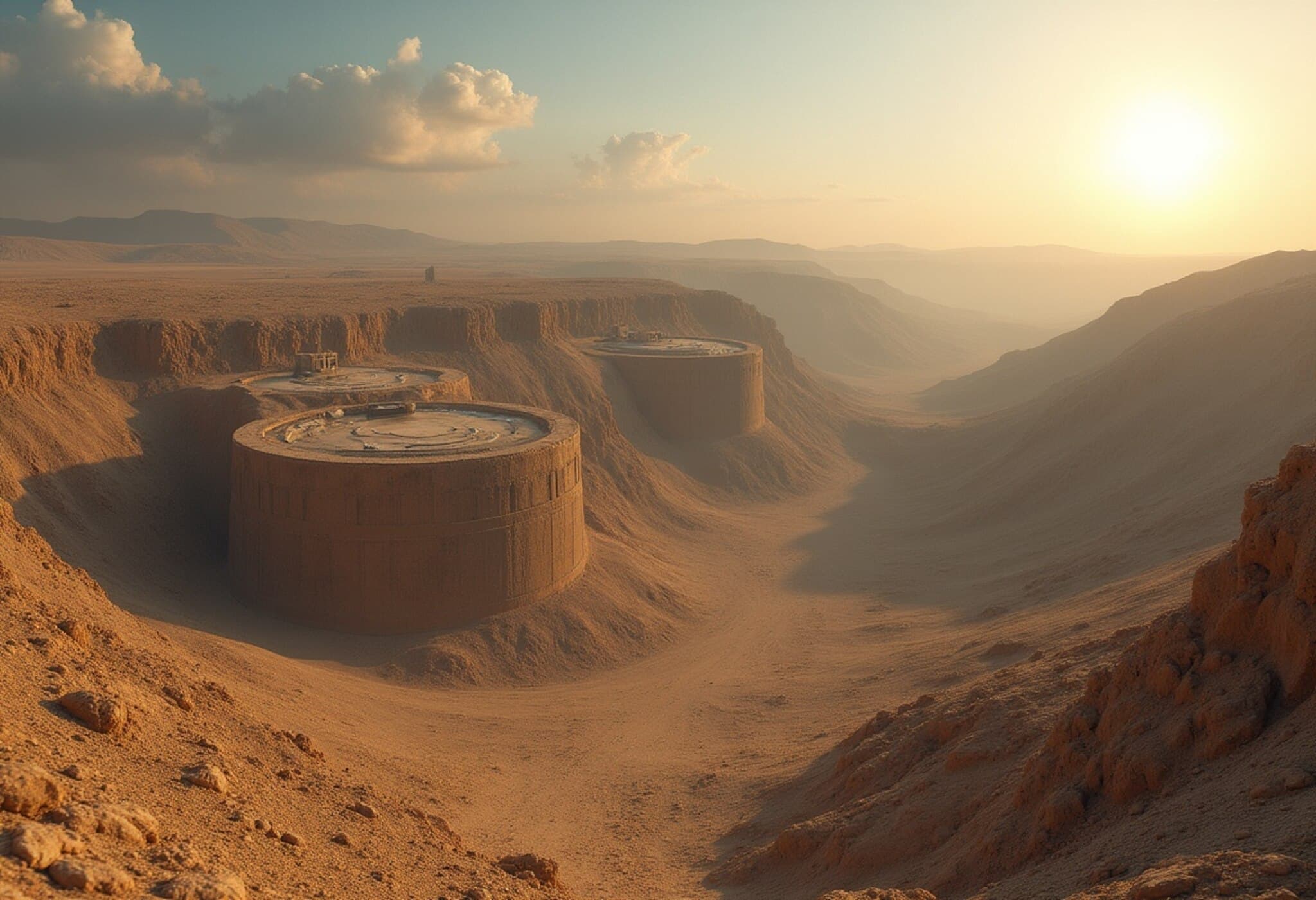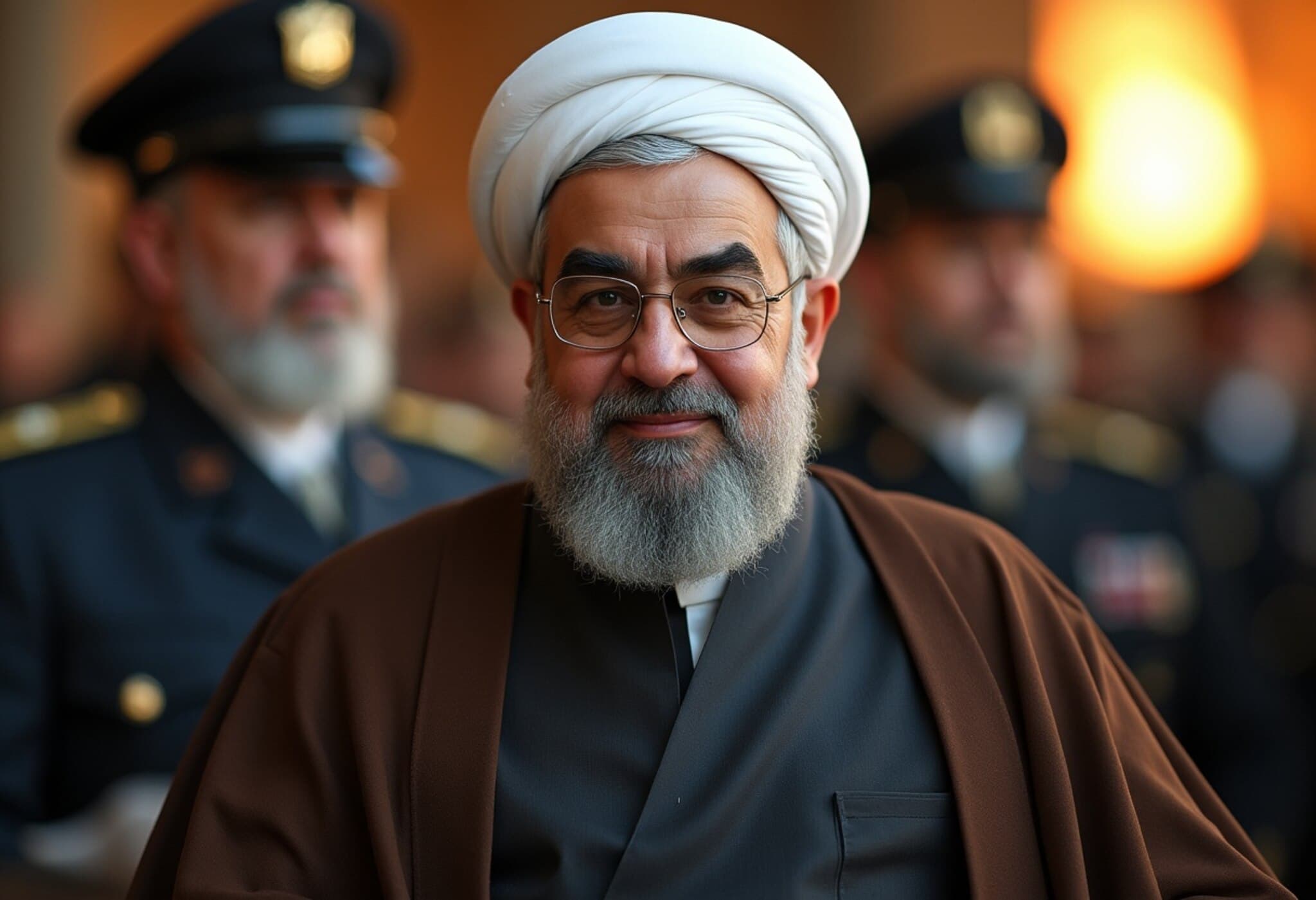Israel's Precise Strikes Cripple Key Iranian Nuclear Facilities
Recent Israeli military operations have caused significant damage to Iran's nuclear infrastructure, targeting some of its critical enrichment sites and threatening its nuclear ambitions. The latest insights come from inspections and reports by international nuclear monitors, offering a clearer picture of the strike's impacts.
The Core of Iran's Nuclear Program: Uranium Enrichment
Iran remains focused on enriching uranium up to 60% purity, edging dangerously close to the roughly 90% level considered weapons-grade. This advancement has escalated global concerns due to its potential military applications.
What Makes 60% Enrichment Alarming?
The International Atomic Energy Agency (IAEA) warns that no country enriches uranium to this level without nuclear weapon development, and Western governments contend there is no civilian need for such purity.
Key Enrichment Plants and Their Status
- Natanz Fuel Enrichment Plant (FEP): Situated underground with around 17,000 centrifuges, of which 13,500 were operational, enriching uranium up to 5%. Although the underground enrichment hall was not physically attacked, the destruction of its electricity infrastructure, including substations and emergency power supplies, may have damaged centrifuge operations.
- Pilot Fuel Enrichment Plant (PFEP) at Natanz: An above-ground facility mainly for research and development, housing advanced centrifuges enriching uranium up to 60%. This plant was destroyed during the attacks, marking a critical blow to Iran's enrichment capabilities at higher levels.
- Fordow Facility: Iran’s most deeply buried enrichment site inside a mountain remains undamaged. Despite having fewer centrifuges (~2,000), it produces the bulk of Iran’s 60% enriched uranium by processing material already enriched to 20%. In the last quarter, Fordow produced about 166.6 kg of 60%-enriched uranium, sufficient for nearly four nuclear weapons if further refined.
Additional Nuclear Site Damage and Implications
Israeli strikes also struck the nuclear complex at Isfahan, damaging four buildings including the Uranium Conversion Facility (UCF), where Iran converts raw uranium into a form suitable for enrichment. Disabling the UCF limits Iran’s ability to feed uranium into centrifuges, potentially restricting future uranium enrichment unless alternative supply sources are found.
Moreover, facilities related to uranium metal production, a vital step in weaponizing uranium, were impacted—hindering Iran's potential to build nuclear weapon cores.
Targeted Assassinations and Their Strategic Impact
Since the strikes commenced, at least 14 Iranian nuclear scientists have been killed, several in targeted car bomb attacks. Israeli officials argue these individuals played pivotal roles in advancing Iran's nuclear weapons program, and their elimination represents a critical setback.
Despite these losses, experts note that Iran's deepening knowledge base makes it challenging to completely reverse progress, though setbacks may delay future advancements.
Uranium Stockpiles and Nuclear Weapon Potential
As of mid-May, Iran possesses enough uranium enriched up to 60% to theoretically produce nine nuclear weapons. Additionally, uranium enriched to lower levels could be further processed to yield more weapons, increasing the threat potential over time.
Much of the highly enriched uranium is reportedly stored under IAEA supervision at state-controlled sites, though the exact impact of the recent strikes on these stockpiles remains unclear.
Unanswered Questions and the Road Ahead
- Iran's Response: Iranian authorities have declared intentions to safeguard nuclear materials without fully informing the IAEA, signaling a withdrawal from stringent inspection protocols. Legislative moves may push Iran to exit the Nuclear Non-Proliferation Treaty altogether.
- Damage Assessment: The IAEA has yet to complete thorough inspections to quantify the full extent of the damage inflicted on facilities and stockpiles.
- Future Threats: Continued strikes remain a possibility amid heightened tensions, while diplomatic talks face uncertainty following recent cancellations.
Conclusion
Israel’s precise targeting of Iran’s nuclear infrastructure, coupled with the elimination of key scientific personnel, represents a strategic effort to stall Tehran’s nuclear weapons ambitions. While Iran’s capabilities have been hampered, the situation remains volatile, and global actors watch closely for the next developments in this high-stakes geopolitical struggle.


